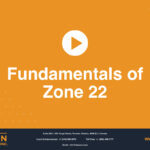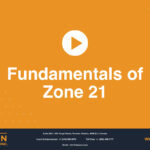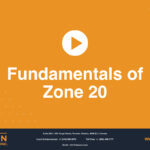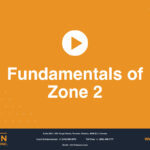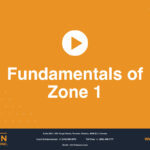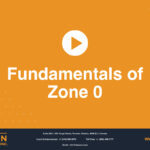Fundamentals of Class I, Division 1
Some locations are deemed “hazardous” due to the presence of explosive atmospheres. In order to ensure the safe installation of electrical products in these environments, they must comply with Standards that address their safety, and they must be certified as being in compliance.
The Class-division system is used in North America to distinguish hazardous areas and the degree of hazard present. Electrical devices must still be installed and used within these environments! They must be protected against becoming a source of ignition!
In this animation, we discuss:
- The definition of Class I, Division 1
- The protection techniques acceptable for use for electrical equipment in order that they be safe when installed in Class I, Division 1
- Marking and coding of Class I, Division 1
- How to obtain a Class I, Division 1 certificate for an electrical device
Class I means that the location contains flammable gases, flammable liquid-produced vapours, or combustible liquid produced vapours.
Division 1 refers to an area in which these dangerous concentrations of flammable gases, vapors, or mists exist continuously, for long periods of time, or frequently under normal operating conditions.
Let’s look together at an example of a Class I hazardous area. This illustration shows a gasoline tank with a fixed roof and vent. Both Division 1 and 2 locations are shown.
Notice that the Division 1 location is inside the tank above the flammable liquid where a gas vapour could exist and outside the storage tank, in the area immediately around the tank’s vent.
In order to be certified as compliant with safety Standards for Class I, Division 1, the product must be protected by one or more of the following three protection techniques: intrinsic safety, explosion-proof, and purging and pressurization Type X or Y. Please note that all electrical products must first comply with what are called general safety (also known as ordinary location) Standards.
A Class I, Division 1 certification for electrical equipment can only be obtained from certification agencies that are accredited by the Standards Council of Canada (SCC)in Canada and Occupational Safety and Health Administration (OSHA) in the US. The most common among them, for North America, are UL, CSA, Intertek, QPS, FM, Labtest and TUV.
Manufacturers seeking certification for Class I, Division 1 products should identify the applicable Standards required for their specific type of products for both ordinary location and hazardous locations. The Class and Division, the Gas Group, and the T-Code must then be marked in accordance with the Gas Group with which the product is safe to use and the T-Class obtained from testing and evaluation.
Class I, Division 1, Groups B, C, D, T4 (for example)
Request a Consultation
Complete the form below to get started.

